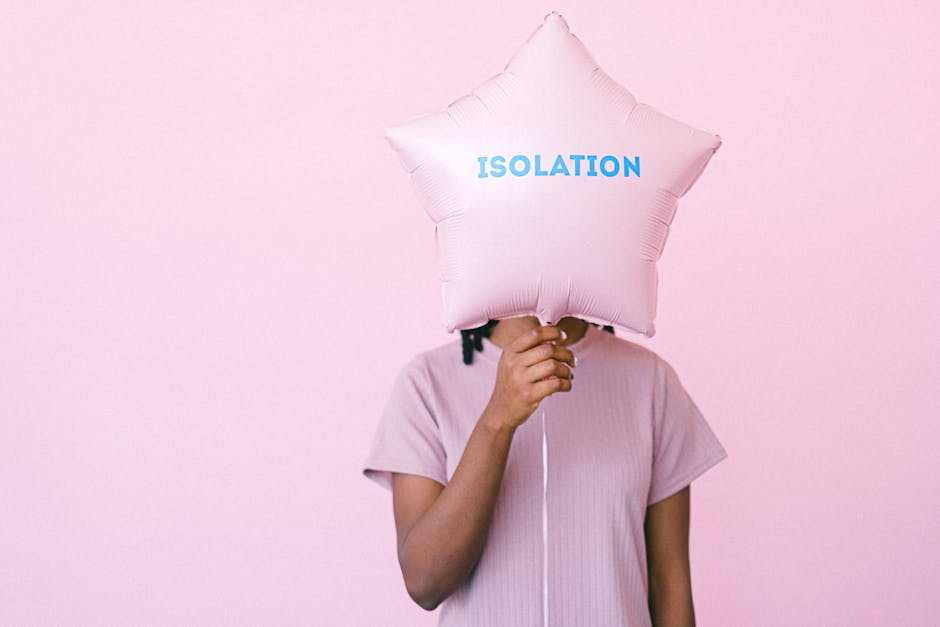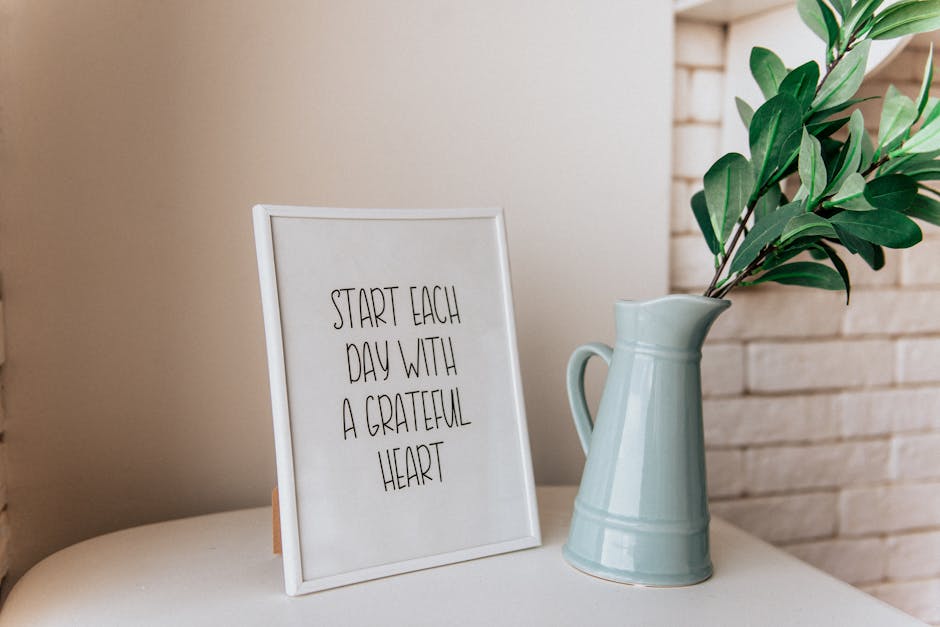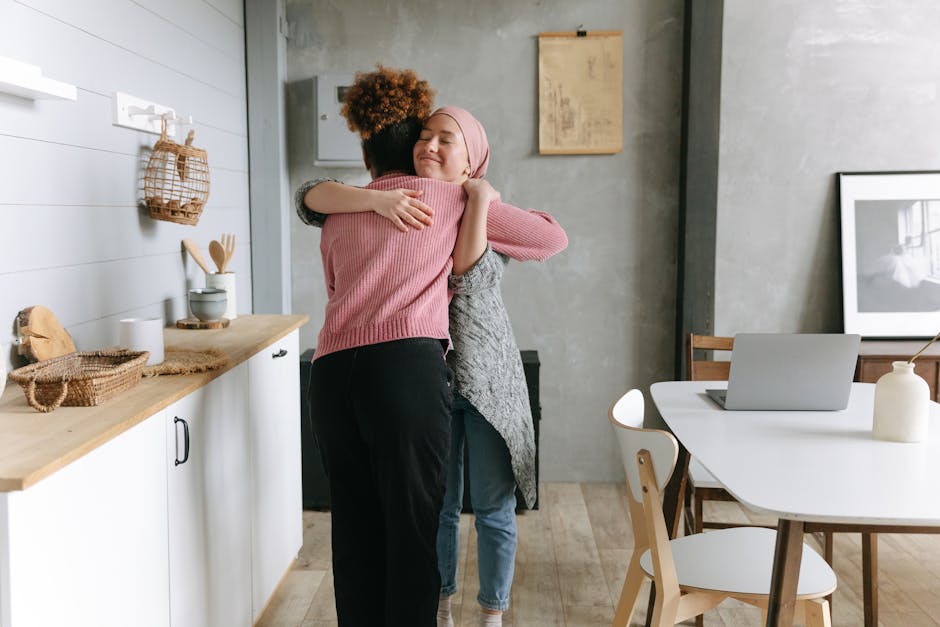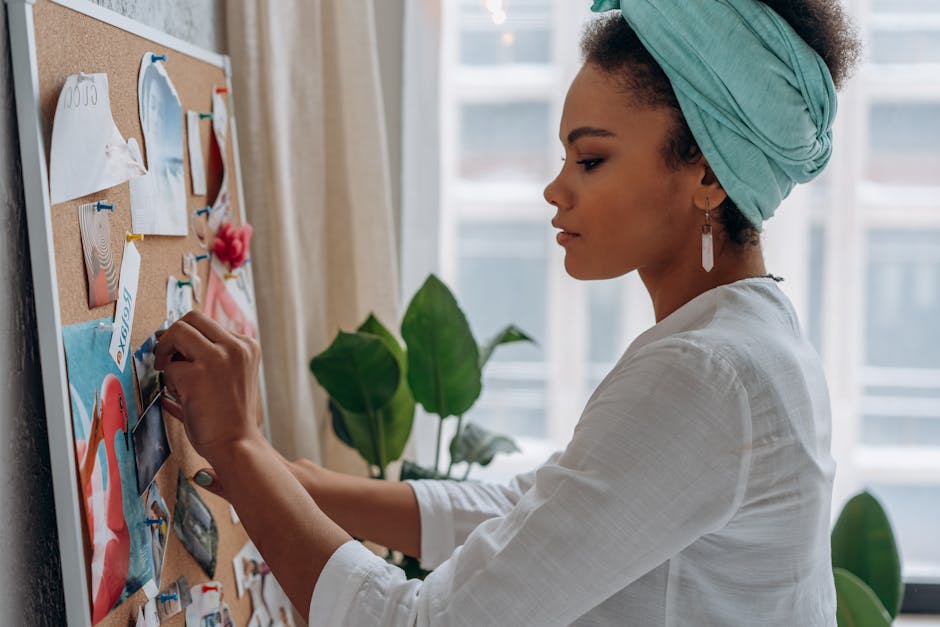Personalize Your Space: Transform Home Decor Through Emotion
Your home is more than just a physical space—it’s a reflection of your inner world. Each room tells a story, with every color, texture, and decor item speaking to the experiences that have shaped you. The art of personalization in home decor is about curating an environment that mirrors your emotional landscape, fostering wellbeing and connectivity to your journey. In this guide, we'll explore how to use emotional triggers to inform your decor choices and introduce practical DIY projects that resonate with your feelings and life themes.
Understanding the Power of Emotional Decor

When you walk into a room, how does it make you feel? Is it welcoming, energizing, or perhaps a little too chaotic? The ambiance of your environment can significantly influence your mood and emotional state. Research shows that the psychology of color, in particular, plays a vital role in shaping our feelings. For instance, studies have indicated that blue hues can have a calming effect, while warm shades like red can evoke feelings of warmth and excitement. Understanding these nuances allows you to design a space that genuinely nurtures your emotional well-being.
Color Psychology: The Emotional Palette

Color is the most direct way to affect mood through decor. To harness this power, consider which colors align with the emotions you want to cultivate in your home. Here are a few examples:
- Bluish Tones: Ideal for bedrooms or relaxation areas, these colors promote calm and tranquility. Shades of turquoise and navy can transform spaces into peaceful retreats.
- Earthy Browns and Greens: Using these tones can create a sense of stability and connection to nature. Incorporating greens, especially, can remind you to bring the outside in, enhancing your home’s biophilic design.
- Warm Accents: Reds, oranges, and yellows can be used in moderation to introduce energy and cheerfulness into social spaces, careful to maintain balance to avoid overwhelm.
By aligning your choices with how you want to feel in a given space, you can create environments that support your emotional journey.
Textures and Materials: Invoking Sensibility

Aside from colors, textures also play a pivotal role in emotional experiences. The tactile nature of materials can evoke nostalgia, comfort, or even energy. Here are some ideas to consider:
- Soft Fabrics: Incorporating plush textiles, like velvet cushions or wool throws, can create warm and inviting spaces. These elements ground you with comfort and promote coziness.
- Natural Elements: Using wood, stone, or clay can connect you with the earth and its restorative qualities. Think of a rustic wooden table or terracotta pots—these pieces tell a story of nature’s artistry.
- Minimalist Aesthetic: If you thrive in clean, uncluttered spaces, consider a minimalist approach, blending functionality with subtle elegance to foster open and inviting atmospheres.
Practicing DIY decor projects can also allow you to experiment with different textures that embody emotional themes, reflecting personal narratives in your choices.
DIY Projects to Reflect Your Emotional Themes

Creating a home that tells your story doesn't need to require a large budget or professional help. DIY projects can be a way to not only personalize your space but engage in meaningful activities that bring joy and pride. Here are some hands-on ideas that can help you reflect your emotional landscape:
1. Gratitude Wall

A beautiful way to cultivate positivity in your home is by creating a gratitude wall. This project is straightforward and can be refreshing to undertake. Gather some frames in various sizes, paint them with colors that resonate with your mood, and fill them with photographs, notes, or artwork that signifies what you are grateful for. Every glance at this wall will invoke happy memories and bolster your emotional well-being.
You can also juxtapose this DIY project with nostalgic elements, such as family heirlooms or childhood memorabilia, which can deepen connections to your past.
2. Personalized Color-Blocking

Take a wall in your living area and engage in a color-blocking project. Choose colors that evoke emotions you want to channel—like a vibrant orange to energize or a deep green to soothe. Shape the color blocks to mimic the dynamics of your personality or preferences. This visual representation not only serves as decor but also as a daily reminder of your emotional goals.
3. Mood Boxes

Consider crafting mood boxes to encapsulate the essence of different feelings. You can use small, open-topped boxes painted in calming hues and fill them with decorations that evoke specific emotions. For example, fill a box with soft blues, seashells, and sand to create a serene beach vibe, while another could showcase vibrant colors paired with energizing elements like citrus fruits or workout gear. This approach allows you to switch out elements based on your mood, ensuring your space continuously evolves with you.
4. Emotional Textile Art

Art installations don’t always need to be high-class gallery pieces. Create a fiber art installation using textile pieces that resonate with your life story. Rope, fabric scraps, or even yarn can be woven together to form thematic designs. This project offers creative freedom while acting as a sensory experience that embodies your emotions, drawing guests' interest and fostering conversation about your personal journey.
5. Scented Spaces

The sense of smell profoundly influences our feelings. Fill your space with DIY aromatic solutions, using natural essential oils in diffusers, hand-crafted potpourri, or scented candles made from upcycled containers. Pair scents with emotional themes: for relaxation, opt for lavender; for energizing vibes, consider citrus scents. Not only will your home smell delightful, but it will also create an ambiance that aligns with your emotional state.
By engaging in these projects, you're not just decorating; you’re weaving your personal narrative into the fabric of your living space.
Cultivating Connection Through Decor

Crafting a home environment reflective of your emotional landscape is not an isolated endeavor. It’s also about connecting with others. Inviting friends and family into your world allows them to share in your comfort and warmth. Include elements in your home that spark conversations or inspire others to share their stories.
1. Impactful Showpieces

Incorporating accents like an eye-catching art piece or an eclectic coffee table can serve as conversation starters that facilitate deeper connections. Think about how elements of your decor might invoke shared experiences or memories with your loved ones.
2. Interactive Decor

Consider creating spaces that are not just visually appealing but also interactive. For example, include old books with handwritten notes or a message board that allows guests to contribute their thoughts, feelings, or stories. This strategy can deepen relationships through meaningful engagement.
3. Cohesion and Balance
As you personalize your home, ensure your decor flows harmoniously. This doesn’t mean everything must match, but rather that pieces should complement each other in terms of color, style, and emotional resonance. A well-curated home allows for every element to shine, supporting the broader narrative you wish to convey.
Final Thoughts
Personalizing your home can be an enriching exercise in self-discovery. It allows you to surround yourself with elements that speak to your heart and resonate with your story. By thoughtfully selecting color palettes, textures, and DIY projects that reflect your emotional journey, you create a sanctuary that not only looks beautiful but also nurtures your well-being.
As you embark on this journey, remember that decor is an evolving process. Embrace changes in your emotional landscape and allow your home to transform alongside you. Your environment should be a reflection of your growth, experiences, and the many stories yet to unfold. Use these insights and projects as a guide, and start crafting a home that is not just a living space but a true extension of your inner world.
For additional inspiration on elevate your home decor, feel free to explore articles on soundscapes in home decor and color temperature influence on mood.



